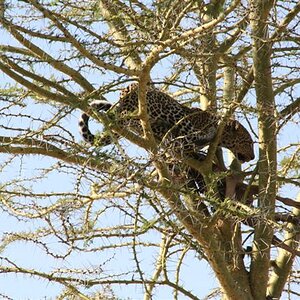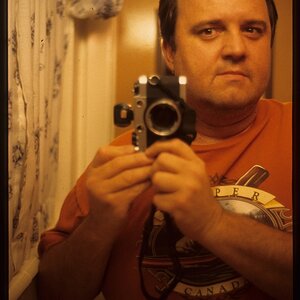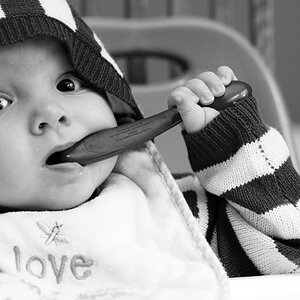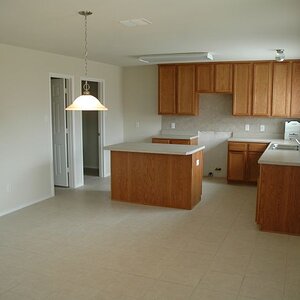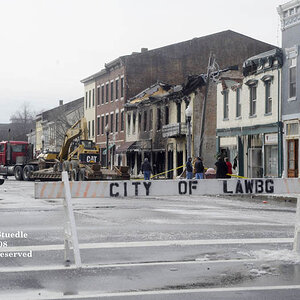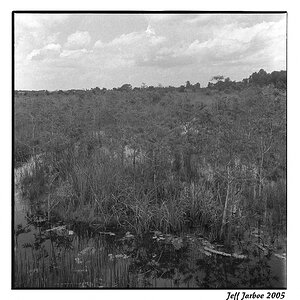sixstringer
TPF Noob!
- Joined
- Jan 27, 2016
- Messages
- 7
- Reaction score
- 0
I'm interested in picking up a vintage analog lens to put on my Canon t2i, I will be getting a Fotodiox m42 adapter. Obviously there will be no auto focus using an analog lens but will I be able to use live view for manual focusing or not? Does live view require interaction with the lens?
Thanks
Sent from my VS986 using Tapatalk
Thanks
Sent from my VS986 using Tapatalk




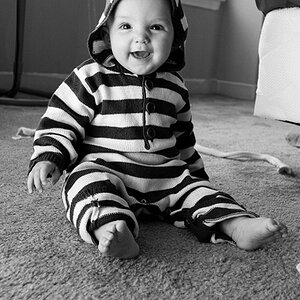
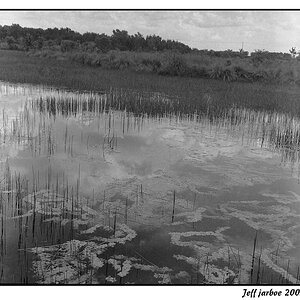

![[No title]](/data/xfmg/thumbnail/41/41896-54547e935773393100a20b8d9819f5bd.jpg?1619739935)
